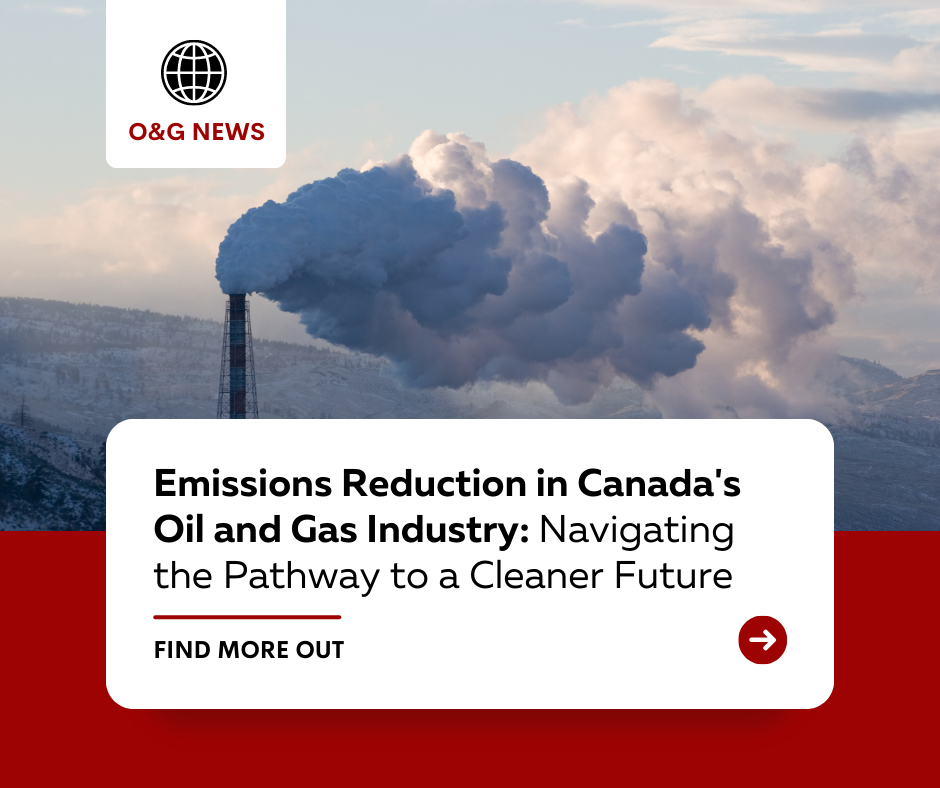Canada’s thriving oil and gas sector faces a formidable challenge: reducing emissions, particularly fugitive emissions, while maintaining production efficiency. This challenge is shaped by both unique Canadian geography and a regulatory framework that strives to balance environmental protection with industry advancement.
A Landscape of Complexity and Opportunity
Canada’s vast landscape, characterized by remote locations and extreme weather, makes fugitive emission control an intricate endeavor. Fugitive emissions are elusive; they escape from system leaks and are harder to monitor and manage. Harnessing technology and innovation to address this challenge, the Intricate Group’s Environmental software offers real-time monitoring and tailored solutions. It’s about leveraging Canadian innovation to create lasting change in fugitive gas emissions control.
Regulatory Pathways: Aligning Goals and Responsibilities
Canada’s commitment to environmental sustainability is embodied in regulations like MSAPR Multi-sector Air Pollutant Regulations. These regulations set stringent standards for industries, focusing on multi-sector air pollutants.
Compliance requires not just understanding but anticipating regulations. The Intricate Group, with its expertise in fugitive emissions oil and gas, offers guidance and solutions that seamlessly align with regulatory expectations.
The Carbon Credit Offset Program: A Unique Approach
Canada’s Carbon Credit offset program presents a unique opportunity for oil and gas companies. By reducing emissions, they can earn credits, turning environmental responsibility into an economic advantage.
Methane: A Special Focus
Methane, as one of the potent greenhouse gases, occupies a central place in Canada’s emission reduction strategy. Both methane fugitive emissions and fugitive methane emissions need specialized monitoring and control.
Research from Environment and Climate Change Canada details the sources of fugitive emissions and the strategies employed in controlling them. These insights guide the industry’s efforts to minimize impact while maximizing efficiency.
Technological Innovation: Leading the Charge
Technological innovation is playing a critical role in emissions reduction. The industry is investing in cutting-edge technologies like remote sensing and advanced analytics. Tools like environmental software are not just conveniences; they are necessities in an evolving landscape.
Collaborations and Partnerships: Building Bridges
The pathway to reduced emissions in Canada’s oil and gas industry isn’t a solitary journey. It’s paved with collaborations, partnerships, and shared visions. Working with entities like Intricate Group, specializing in fugitive emission control, ensures that the industry benefits from collective wisdom, technology, and innovation necessary to make tangible progress.
A report by The Globe and Mail further illustrates the role of collaboration in shaping the industry’s future, particularly in emission reduction.
Educating and Empowering: A Knowledge-driven Approach

Understanding regulations, adapting technologies, and implementing the right strategies require comprehensive education and empowerment. Training programs, workshops, and information sessions are integral to ensuring that everyone in the industry is equipped to meet the challenges.
From Challenge to Opportunity: A Sustainable Journey
Canada’s oil and gas industry stands at the intersection of opportunity and responsibility. The task of reducing emissions, particularly fugitive emissions, is daunting but not insurmountable.
With innovative solutions like environmental software, clear adherence to regulations like MSAPR Multi-sector air pollutant regulations, targeted efforts to control fugitive emissions, and a strong focus on collaboration, the industry is forging a pathway to a sustainable future.
The efforts are not without complexities. Yet, within these complexities lies the strength and resilience of an industry that has weathered many storms. The journey towards emission reduction is filled with lessons and possibilities. It’s about embracing change, harnessing innovation, and fostering a collective commitment to a cleaner, greener tomorrow.
The story of Canada’s oil and gas industry isn’t just about fuels and profits; it’s about a legacy of environmental stewardship. A legacy that inspires and resonates, not just within Canada but globally. It is a vivid illustration of the capabilities, visions, and enduring values that fuel one of Canada’s most vital sectors.
